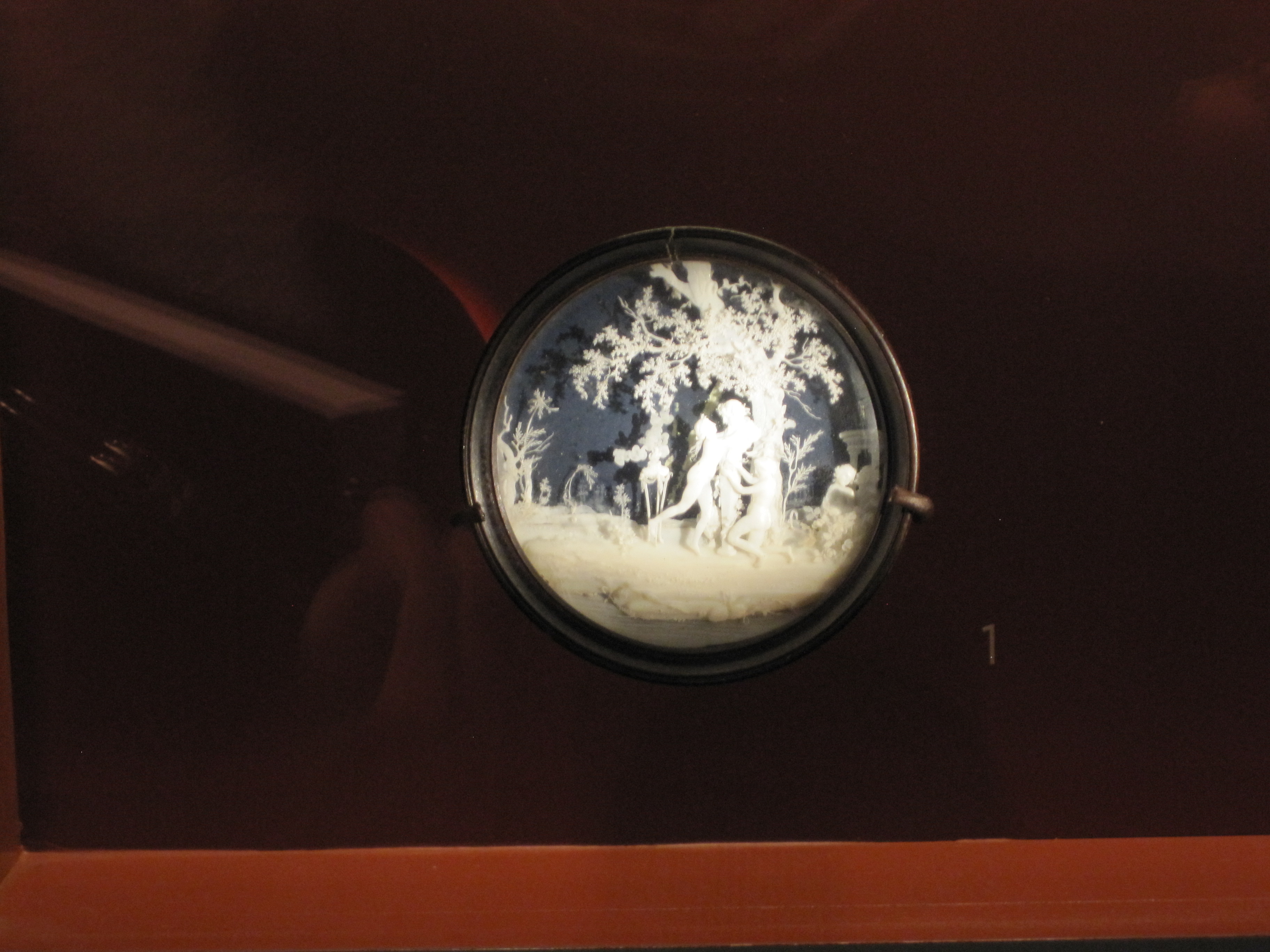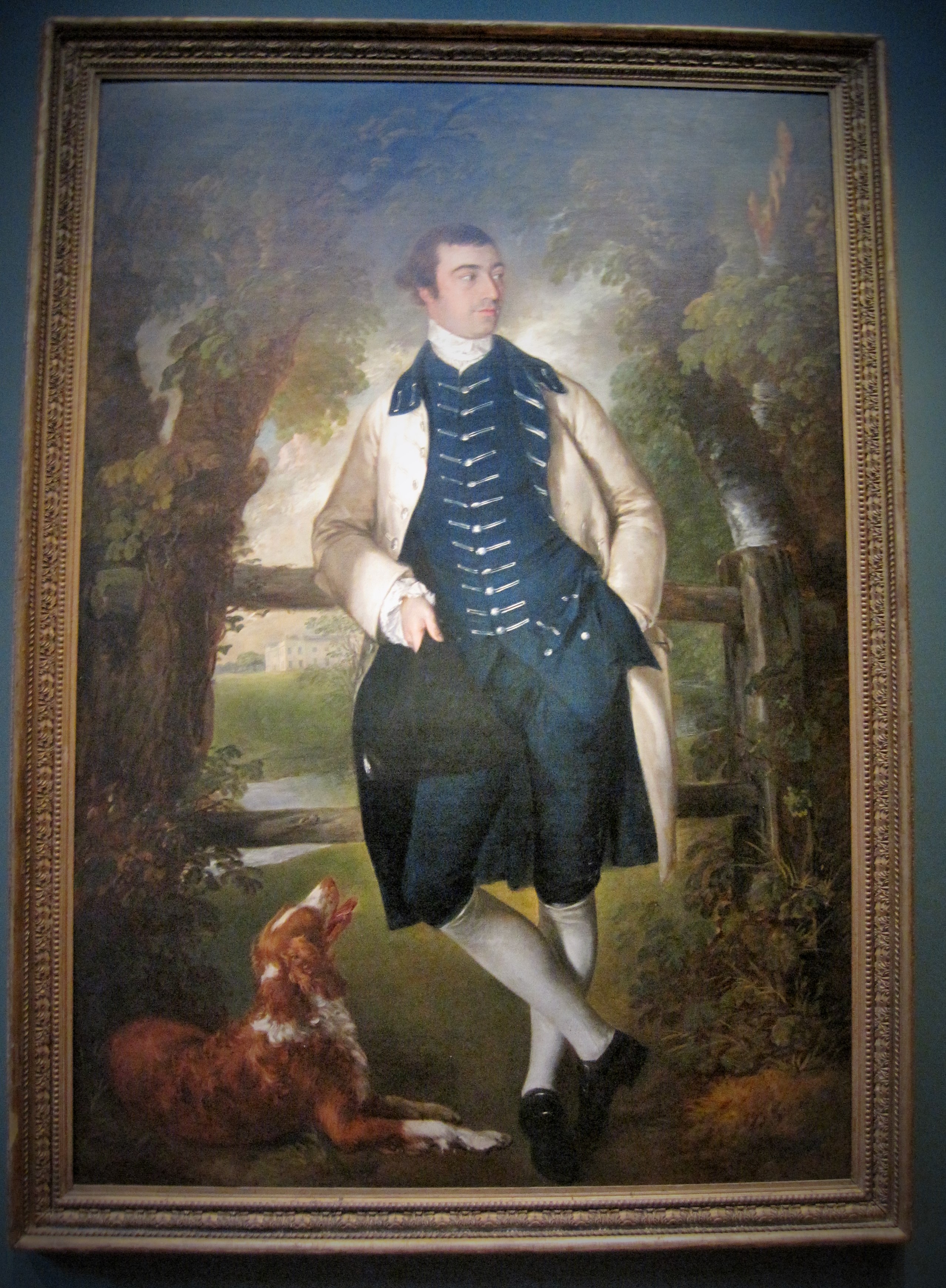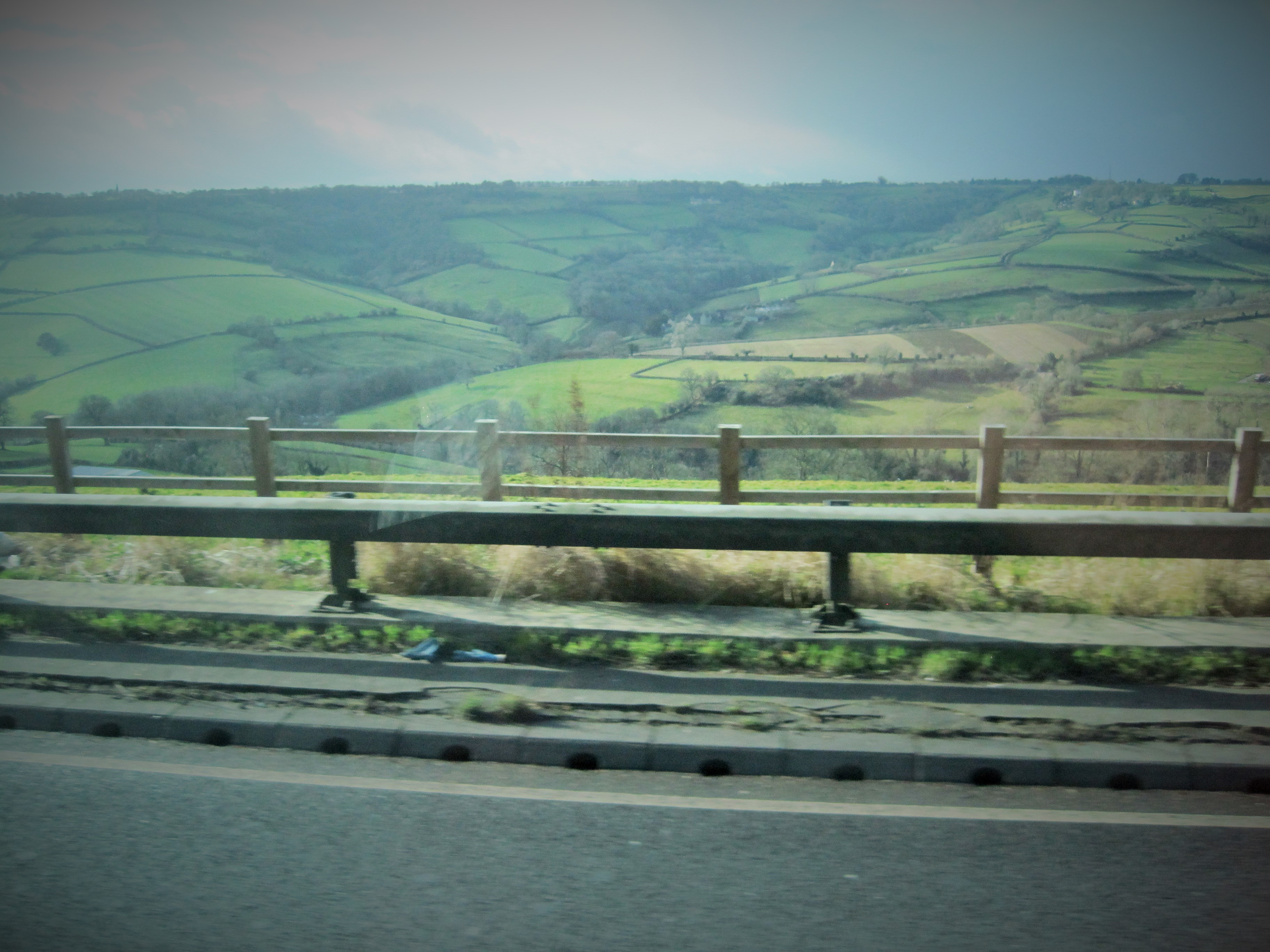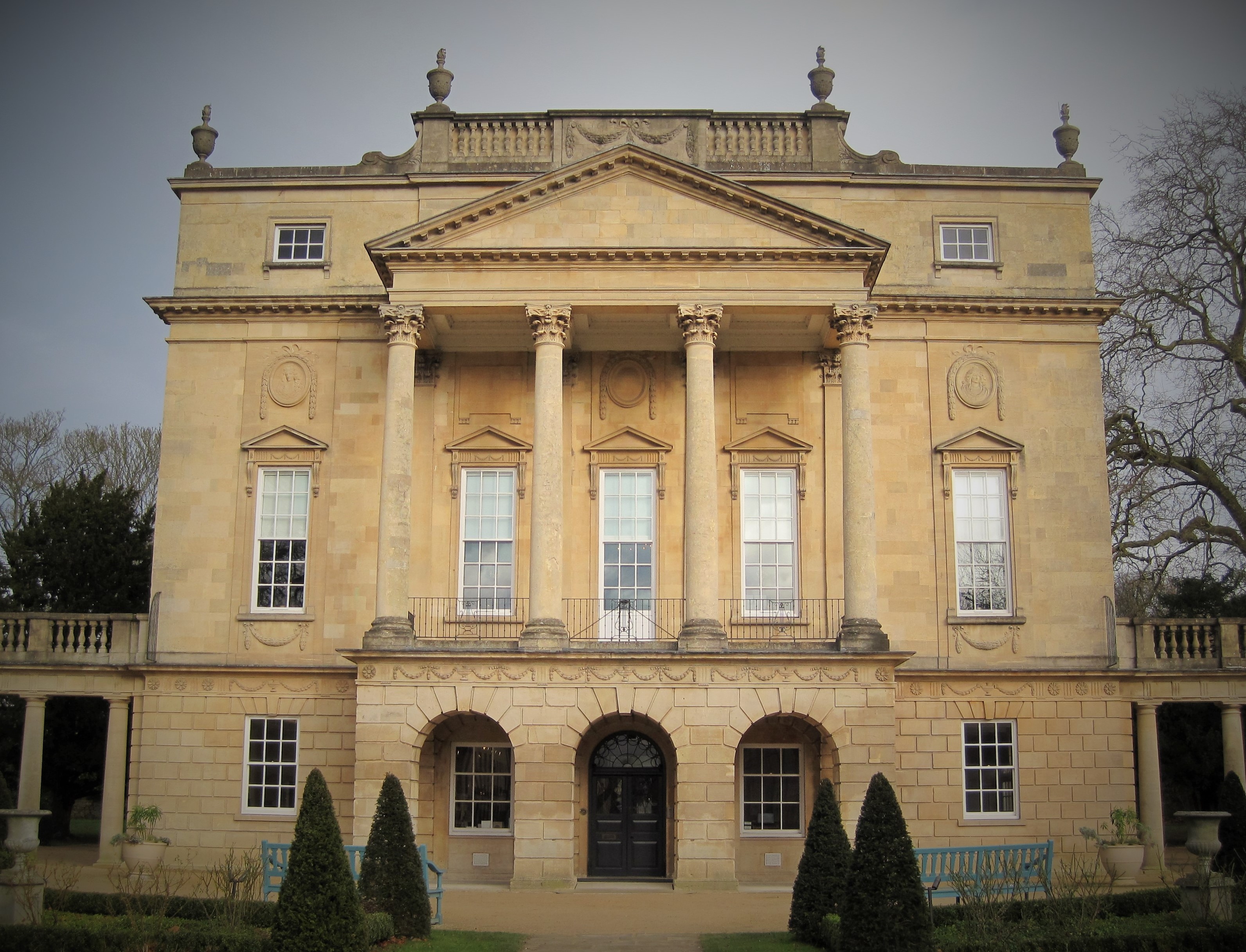Day 12 in England- Exploring Bath and the Holburne Museum
A two and a half hour bus ride took us west, out of the London metropolis, to the quaint city of Bath. Beautifully situated on the banks of the River Avon, Bath, like London, has Roman roots. Its hot mineral springs made Bath a healing destination for Romans in the first century AD. Queen Anne’s visits to the springs in 1703 and 1704 brought renewed popularity to the city. During the 18th century and into the 19th century, Bath became a pleasure paradise for the British elite.
After unloading our luggage at the Pratt’s Hotel, we walked across the Pulteney Bridge to get lunch at the Riverside Café. Located in an 18th century building, this small, 30 year old restaurant had nice views of the River and delightful food and service.
 The River Avon and Pulteney Bridge
The River Avon and Pulteney Bridge
With one hour to go before our appointment at the Holburne Museum, my fellow students and I were given the opportunity to explore the city on our own. I chose to walk around Bath Abbey and then I made my way up Walcot Street towards Cleveland Bridge to loop back to the Museum. On this stroll I learned that Bath is a rugby town and the city is nearly surrounded by large hills. I walked passed the ruins of a mortuary chapel made from salvaged materials of a 12th century church, a reminder of Bath’s long history.
The Holburne Museum is a small institution compared to some of the other stops we made on the trip, e.g. the V&A and the British Museum. Even with its relatively small size, the Holburne is a fascinating museum with quality collections and exhibits. It was a pleasant surprise. Catrin Jones, the V&A trained Curator of Decorative Arts, guided us through the galleries. Contained in the former Sydney House, which was completed in 1793, the Museum began in the late 1800s as a place to display the collections of William Holburne (1793-1874) who lived in Bath. About 4,000 of the Museum’s 10,000 objects were collected by Holburne. One exhibit space is dedicated to explaining William’s collection and his life. A neat object on display is William’s passport that he took with him on his Grand Tour in 1824-1825. He travelled through central Europe and Italy adding to his collection along the way. The passport itself is displayed behind a closet-like door that visitors can open. This clever method of display protects the document from light damage and encourages visitor interaction with the exhibit. Drawers filled with objects and children’s interactives in each exhibit kept my attention because they were not simply visible storage. Each drawer had a clear and concise interpretive or interactive theme. I think the drawers and closet are great ideas.
The collections at the Holburne are quite varied. One exhibit features paintings from the Dutch Golden Age, while the other gallery on the first floor has English and Irish silver from the 17th and 18th centuries and Majolica pottery from Italy. Upstairs on the second floor is a paintings gallery that highlights the works of Johan Zoffany and Thomas Gainsborough. Gainsborough’s first full length portrait is the centerpiece. Smaller exhibits on JMW Turner and the cartoons of Thomas Rowlandson are located adjacent to the paintings gallery.
 Micro ivory carving by G. Stephany and J. Dresch about 1795
Micro ivory carving by G. Stephany and J. Dresch about 1795
 Portrait of William Wollaston by Thomas Gainsborough, c.1759
Portrait of William Wollaston by Thomas Gainsborough, c.1759
The afternoon at the Holburne received positive reviews from my classmates, a few of whom also liked the Museum’s interpretation techniques. While we were touring, the weather took a turn for the worse (hail and snow), luckily we remained inside until it passed by.
After leaving the Holburne, we made a brief stop at the hotel in preparation for our dinner hosted by Christopher Overton, an antiques collector and a friend of Winterthur. His lovely home is filled with beautiful furniture, ceramics, and prints and paintings. A carved ebony chair really caught my attention. Wine and hors d’oeuvers was followed by a tasty dinner at Wood’s Restaurant. The large group of us ate and chatted (and laughed) late into the night. Once finished, we made our way back to the hotel to rest up for our last full day in England, a day during which we would learn much more about Bath.
 Irish dining room table, mahogany
Irish dining room table, mahogany
By Matthew Skic, Winterthur Program in American Material Culture, Class of 2016



